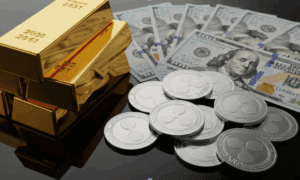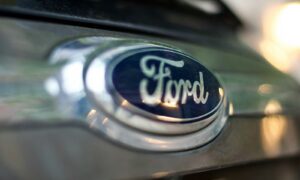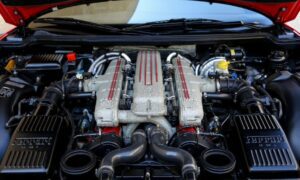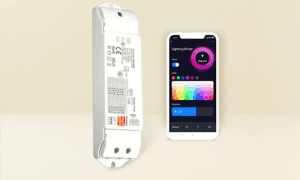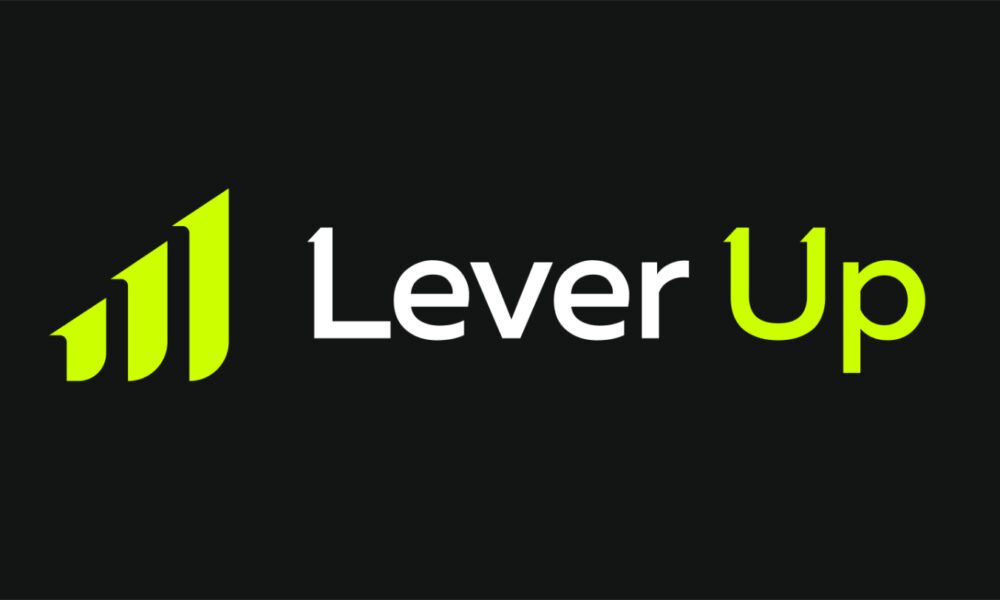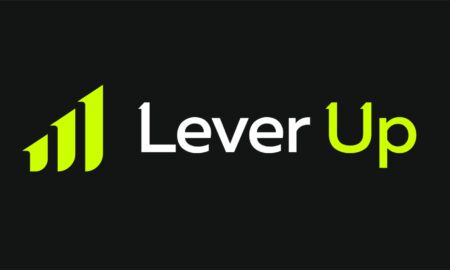The metal 3D printer cost is a significant consideration for any business looking to adopt this transformative technology, with prices for professional systems starting around $50,000 and soaring to over $1 million. This initial investment, however, is just one piece of the puzzle. Understanding the full financial picture, from the initial purchase to ongoing operational expenses, is crucial for making an informed decision. This guide will break down the complexities of metal 3D printer pricing, explore the various technologies, and help you determine if this powerful tool is a worthwhile investment for your needs.
The allure of creating complex, lightweight, and robust metal parts directly from a digital file is undeniable. For industries ranging from aerospace and medical to automotive and manufacturing, metal 3D printing offers a revolutionary approach to prototyping, tooling, and even full-scale production. But what does it really cost to get started and keep a metal 3d printer running? Let’s explore the financial landscape of this cutting-edge technology.
What Is the Price of Metal 3D Printing Machines?
The cost of a metal 3D printer varies dramatically based on the technology, build volume, features, and overall system capabilities. To simplify this complex market, we can categorize these machines into three main tiers:
Entry-Level Industrial Systems ($50,000 – $200,000)
These printers are often the gateway for businesses to explore the potential of in-house metal additive manufacturing. They are typically smaller in build volume and may utilize technologies like Bound Metal Deposition (BMD) or lower-power laser systems. While more affordable, they are still robust machines capable of producing high-quality prototypes and small-batch production parts.
Mid-Range Production Systems ($200,000 – $600,000)
This category represents a significant step up in terms of speed, automation, and material compatibility. These systems, often employing more powerful lasers and sophisticated powder handling, are geared towards more consistent and higher-volume production. They are a popular choice for businesses looking to integrate additive manufacturing into their core production workflows.
High-End, Large-Format, or Specialized Systems ($600,000 – $1M+)
At the top end of the spectrum are the industrial giants. These machines boast large build envelopes, multiple lasers for increased speed, and advanced process monitoring and control. They are designed for demanding applications in industries like aerospace, where printing large, mission-critical components is a necessity. This tier also includes machines for specialized materials or applications that require the utmost precision and reliability.
Examples of Metal 3D Printer System Price
To provide a clearer picture, here are some examples of metal 3D printers and their approximate costs:
|
Manufacturer |
Model Example(s) |
Technology |
Estimated Price Range (USD) (System/Printer) |
Target Application(s) |
Key Features/Build Volume (Approx.) |
|
Markforged |
Metal X System |
BMD (ADAM) |
$165,000 – $175,000 (System) |
Prototyping, Tooling, Small Parts |
300x220x180 mm |
|
Matrix Technology |
MA280 |
SLM |
$195,000 – $575,000 (System) |
Medium Parts, R&D, Production |
250x250x300 mm |
|
Desktop Metal |
Studio System 2 |
BMD |
$120,000 – $160,000 (System) |
Office-friendly Prototyping, Low Volume |
300x200x200 mm |
|
Xact Metal |
XM200G |
PBF (SLM) |
~$90,000 (Printer) |
Entry-level PBF, R&D, Small Parts |
150x150x150 mm (common for this class) |
|
3D Systems |
DMP Flex 100 |
PBF (DMLS) |
~$250,000 (Printer) |
Small, Complex Parts, R&D, Dental |
100x100x90 mm |
|
EOS |
M 100 |
PBF (DMLS) |
~$350,000 (Printer, excludes add-ons) |
Small Batches, Medical Accessories, Tools |
Ø100 x 95 mm |
|
HP |
Metal Jet S100 Solution |
Binder Jetting |
~$400,000 (System) |
Serial Production |
430x309x200 mm |
|
SLM Solutions |
SLM 125 |
PBF (SLM) |
$400,000 – $500,000 (Printer) |
Small to Medium Parts, R&D, Production |
125x125x125 mm |
Note: These prices are estimates and can vary based on configuration, software packages, and included services.
Understanding Metal 3D Printing Technologies
The technology at the heart of a metal 3D printer is a primary driver of its cost. Each method has its own set of advantages, disadvantages, and associated expenses.
Powder Bed Fusion (PBF)
This is one of the most common and mature technologies for metal 3D printing. A high-energy source, such as a laser or electron beam, selectively fuses metal powder particles layer by layer.
- Selective Laser Melting (SLM) and Direct Metal Laser Sintering (DMLS) use a laser to fully melt or sinter the powder. SLM 3D printers processes are known for producing high-resolution, dense parts.
- Electron Beam Melting (EBM) utilizes an electron beam in a vacuum, which can lead to less residual stress in the final part, making it ideal for materials like titanium.
Directed Energy Deposition (DED)
In DED, a focused energy source (laser or electron beam) melts metal as it is being deposited. This technology is often used for repairing or adding material to existing parts and can build larger components more quickly than PBF, albeit with a lower resolution.
Binder Jetting (BJ)
Binder Jetting is a two-step process. First, a liquid binding agent is selectively deposited to join metal powder particles. The resulting “green” part is then sintered in a furnace to achieve its final density and strength. Binder jetting can be a faster and more cost-effective method for producing larger batches of parts.
Metal FDM / Bound Metal Deposition (BMD)
Similar to traditional Fused Deposition Modeling (FDM), this technology extrudes a filament composed of metal powder held together by a polymer binder. After printing, the part undergoes a debinding and sintering process to remove the binder and fuse the metal particles. This technology is generally more affordable and office-friendly than powder-bed systems.
Metal 3D Printing vs. CNC Machining: Cost Efficiency
A frequent question is: How much does 3D metal printing cost compared to traditional CNC machining? The answer is nuanced.
- For one-off prototypes and highly complex geometries, metal 3D printing is often more cost-effective as it eliminates the need for expensive tooling and complex setup.
- For high-volume production of simple parts, CNC machining typically remains the more economical choice due to its speed and lower material costs per part at scale.
Beyond the Printer: Total Cost of Ownership
The initial purchase price is just the beginning. The total cost of ownership (TCO) provides a more realistic financial picture.
Initial Investment Considerations
Beyond the printer itself, you’ll need to budget for:
- Facility upgrades: This can include dedicated power, ventilation, and safety equipment, especially for powder-based systems.
- Ancillary equipment: A post-processing station, including a furnace for sintering, is often required.
- Training: Your team will need to be proficient in operating the machine and preparing files for printing.
Operating 3D Metal Printing Costs
These are the recurring expenses that will impact your bottom line.
Material Costs
Metal powders and filaments are a significant ongoing expense. The price varies widely depending on the material:
- Stainless Steel: A common and relatively affordable option.
- Titanium and Inconel: High-performance alloys that come with a premium price tag.
- Aluminum: A lightweight and cost-effective choice for many applications.
As a recent industry report from Precedence Research highlighted, “the high cost of materials remains a significant barrier to wider adoption of metal additive manufacturing.”
Energy and Gas Costs
Metal 3D printers, especially those with powerful lasers and heating elements, consume a considerable amount of energy. Many PBF systems also require inert gases like argon or nitrogen to create a stable printing environment, adding to the operational costs.
Maintenance and Support
Like any industrial machinery, metal 3D printers require regular maintenance and occasional repairs. Annual service contracts can be a significant but worthwhile investment to ensure uptime and longevity.
Post-Processing Costs
The journey of a metal 3D printed part doesn’t end when the printing stops. Post-processing is a critical and often labor-intensive stage that adds to the final part cost. Common steps include:
- Stress relief: Heating the part to reduce internal stresses built up during printing.
- Support removal: Removing the structures that supported the part during the printing process.
- Surface finishing: Techniques like sandblasting, polishing, or machining are used to achieve the desired surface quality.
- Heat treatment: To improve the mechanical properties of the final part.
Budget-Friendly Alternatives
For those not ready to invest in an in-house system, there are more accessible ways to leverage the power of metal 3D printing.
Metal 3D Printing Services
Numerous service bureaus offer on-demand metal 3D printing. This is an excellent option for:
- Prototyping: Testing designs without a large capital investment.
- Low-volume production: Accessing a wide range of technologies and materials.
- Gaining experience: Understanding the capabilities and limitations of the technology before committing to a purchase.
The metal 3d print cost from a service bureau will depend on the part’s volume, complexity, material, and the required post-processing.
Metal-Filled Filaments
For users of FDM printers, metal-filled filaments offer a taste of metal printing at a fraction of the cost. These filaments contain a high percentage of metal powder mixed with a polymer. While they don’t produce fully dense metal parts, they can create components with a metallic look and feel, suitable for aesthetic prototypes and non-functional models.
Used Equipment Market
Purchasing a refurbished or used metal 3D printer can be a cost-effective way to get started. However, it’s crucial to thoroughly vet the machine’s condition, service history, and the availability of support and spare parts.
Evaluating the ROI: Is a Metal 3D Printer a Worthwhile Investment?
The decision to purchase a metal 3D printer ultimately comes down to its potential return on investment (ROI). Consider these factors:
- Cost savings: A 2024 case study by Markforged highlighted that Stanley Black & Decker achieved a 95% lead time reduction and significant cost savings by 3D printing a complex actuator part instead of using traditional manufacturing methods.
- Increased innovation: The ability to rapidly prototype and iterate on designs can accelerate your product development cycle.
- Supply chain resilience: In-house production reduces reliance on external suppliers and can mitigate supply chain disruptions.
- New business opportunities: Offering metal 3D printing services or creating previously impossible designs can open up new revenue streams.
Conclusion
The 3d metal printing machine cost is a multifaceted topic. While the initial investment can be substantial, a comprehensive understanding of the total cost of ownership and the potential for a strong ROI is essential. By carefully evaluating your application needs, exploring the different technologies, and considering the full financial picture, you can determine if investing in a metal 3D printer is the right move to propel your business into the future of manufacturing. For those not yet ready for a full-scale investment, leveraging printing services offers a valuable and low-risk entry point into this revolutionary technology.








